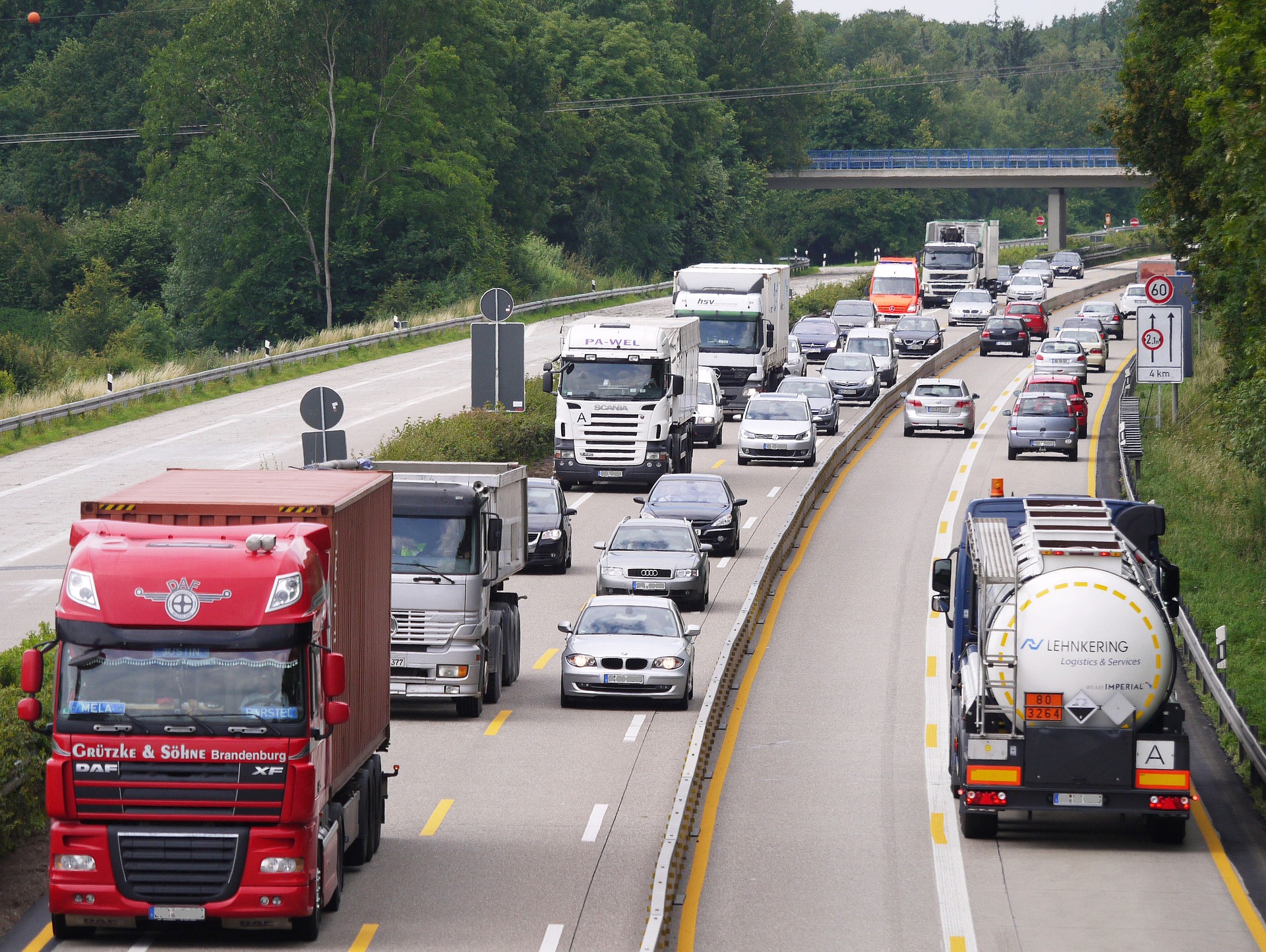Not good news for car and motorcycle drivers: many things will also become more expensive in 2023. The ARBÖ club clarifies what costs come to drivers.
It will not be possible to drive away from inflation in the coming year: The first increase in the CO2 tax, which was introduced on October 1, will take effect on January 1. This means the tax will be raised from 30 euros per ton to 32.50 euros.
Initially, an increase to 35 euros was even planned. But due to the high fuel prices, the “price stability mechanism” provided in the law is taking effect.
But it’s not just rising fuel prices hitting private motorized transport. Now the ARBÖ traffic club is providing information on what additional costs car and motorcycle drivers will have to reckon with in 2023.
The tariffs for the new Asfinag freeway vignette in the overview:
New tariffs 2023 for passenger cars (or all two-lane motor vehicles up to 3.5t hzG):
10-day vignette: EUR 9,90,-.
2-month vignette: EUR 29.00
Yearly vignette: EUR 96,40
New tariffs 2023 for motorcycles (single-track vehicles):10-day vignette: EUR 5,80
2-month vignette: EUR 14.50
Yearly vignette: EUR 38,20
The annual vignette for the year 2023 is valid from 1.12.2022 to 31.1.2024.
The new year also brings with it that on January 1, the calculation values for the standard consumption tax will be adjusted. As a result, the one-time tax will increase. Specifically, the CO2 deduction amount will be lowered by the value five and the malus limit by the value 15. In contrast, the malus amount will be increased by the value of ten, and ten percentage points will raise the maximum tax rate.
The standard consumption tax is a one-off tax. It is due, among other things, to the delivery or first-time registration of passenger cars and motorcycles in Austria.
New CO2 limits are also used to calculate the motor-related insurance tax. The tax on newly registered passenger cars will, therefore, also increase.
Ten euros will increase the malus amount, so 70 euros will soon be due instead of 60 euros.
For all vehicles that do not emit more than 132 grams of CO2 per kilometre, only 1.5 percent non-monetary compensation will apply as of January 1. This means a maximum of 720 euros per month. For vehicles with higher CO2 emissions, the basis for calculating the benefit in kind is two percent (maximum 960 euros per month).
source: heute.at/picture:Bild von Erich Westendarp auf Pixabay
This post has already been read 953 times!



